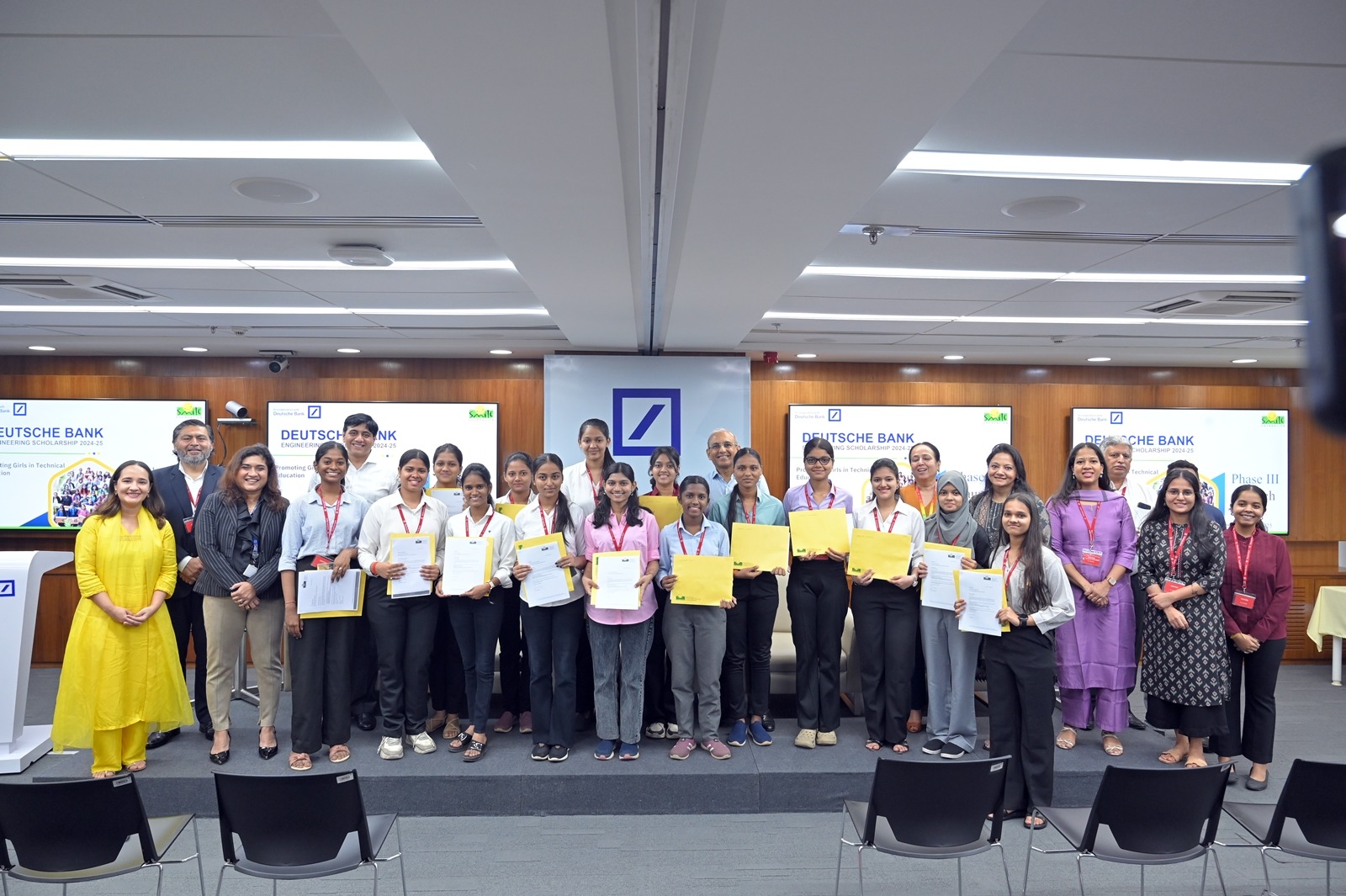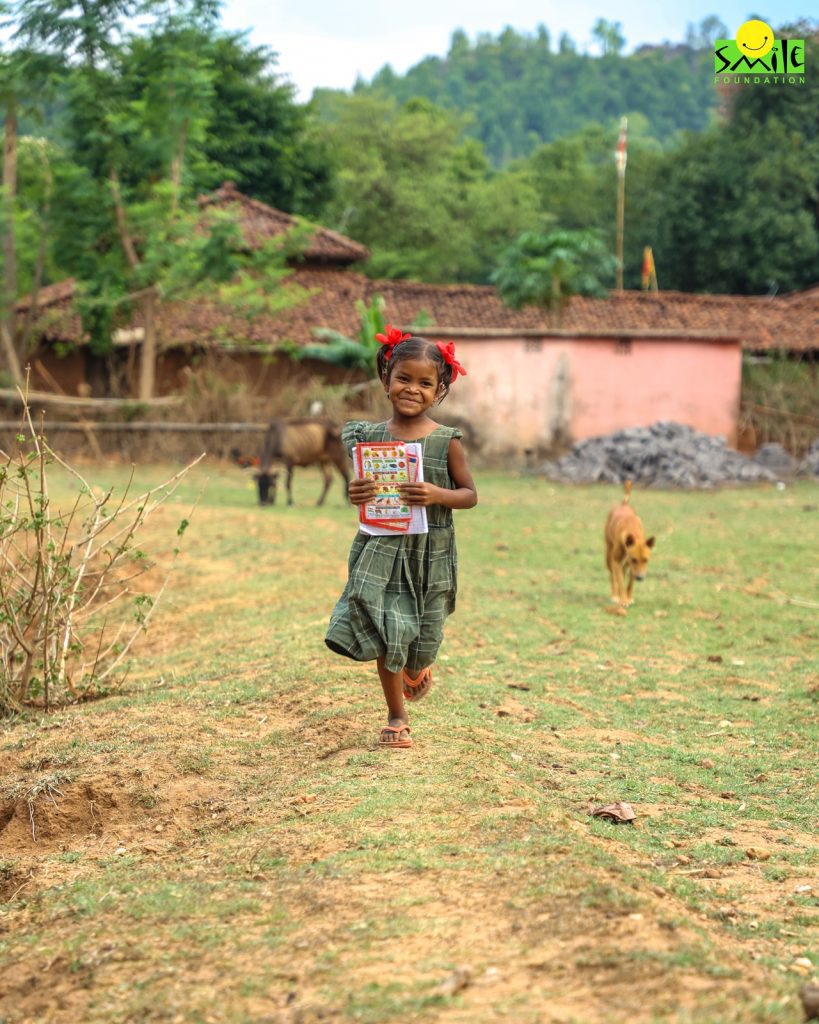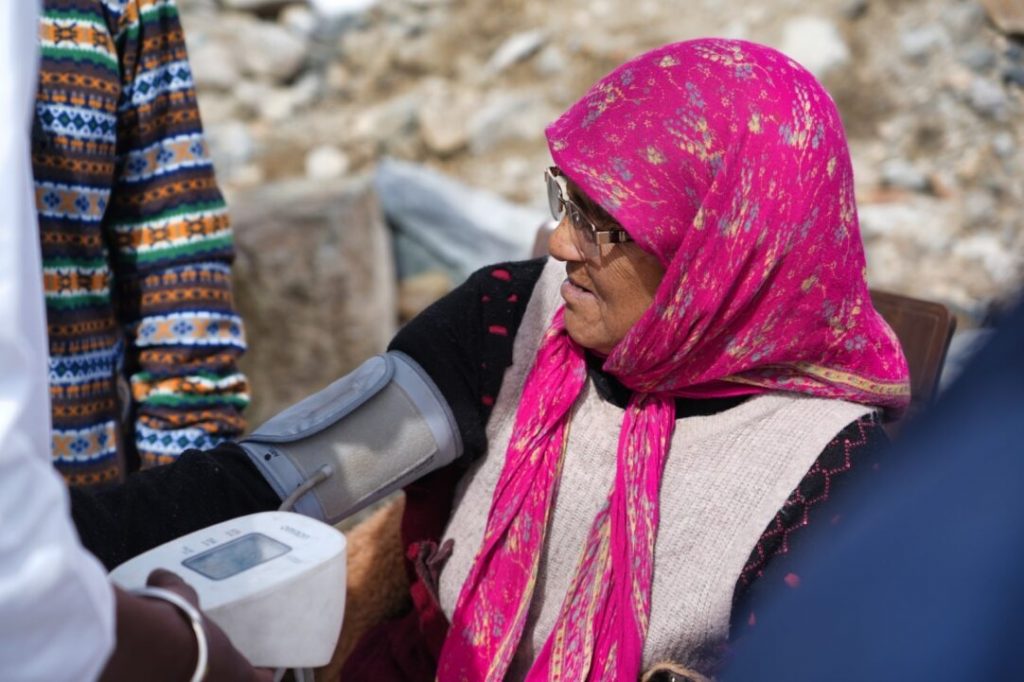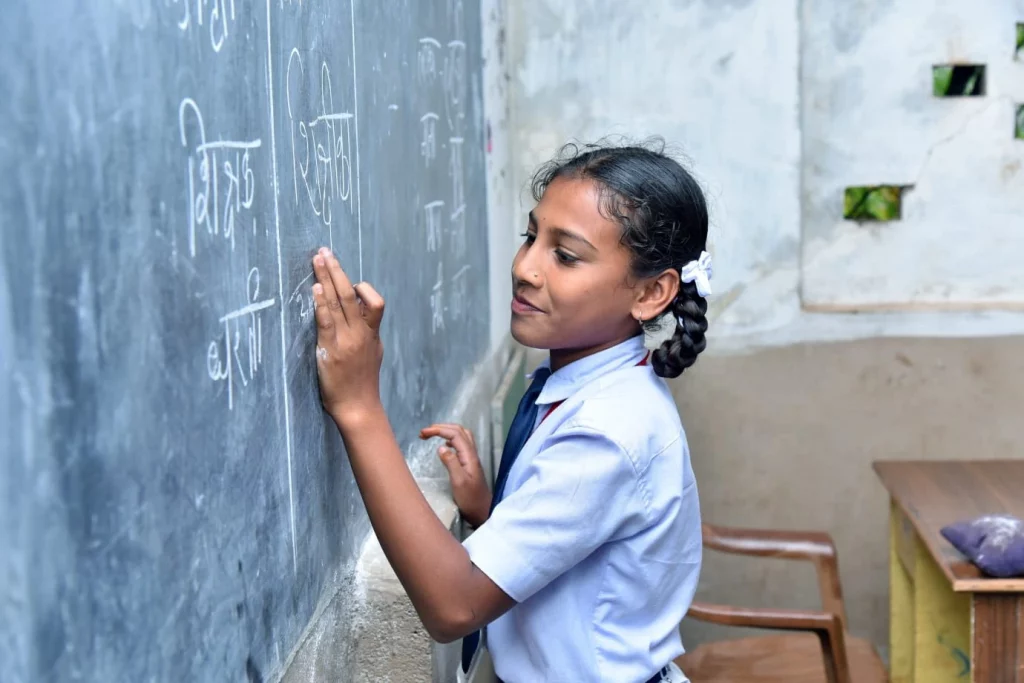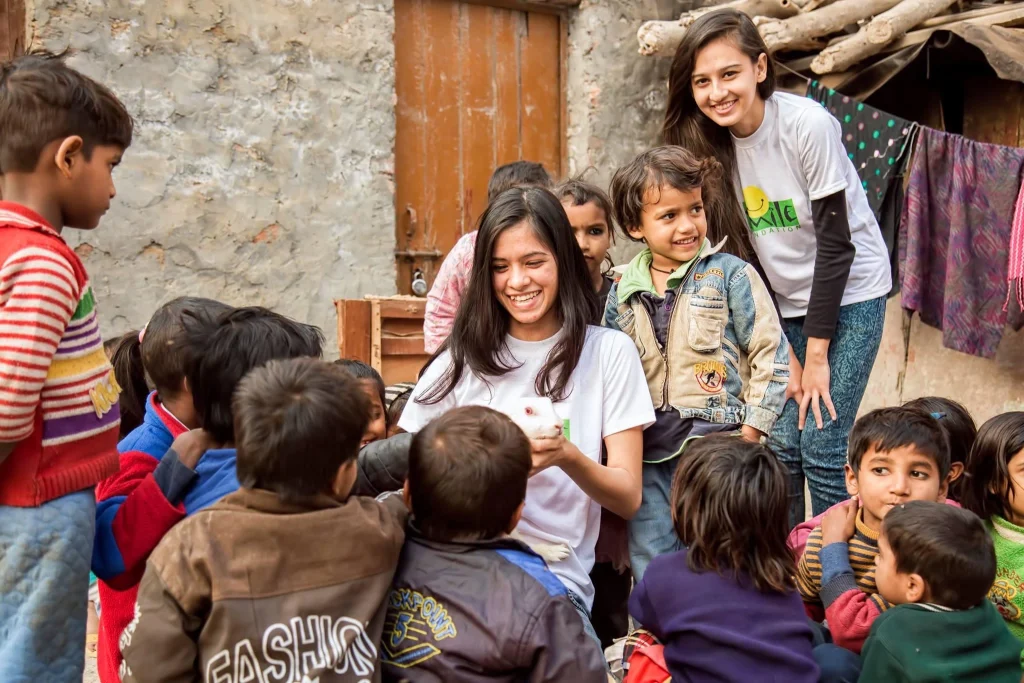The future of India will not be decided in boardrooms or election rallies. It will be decided in skilling centres, job training workshops, and classrooms tucked away in India’s towns and villages.
Because by 2047 — when India celebrates a century of independence — we will have 1.1 billion people in the working-age group. One billion dreams and just two short decades to prepare.
Yet, as it stands, the majority of Indian youth are woefully unprepared for the economy that awaits them. Without urgent, sweeping action, India risks turning its greatest asset — its demographic dividend — into a demographic disaster.
Smile Foundation’s livelihood programme, STeP (Smile Twin e-Learning Programme), is not just a training intervention. It is a rescue operation for a generation.
India’s demographic ticking clock
India’s demographic dividend window opened in 2005-06 and will last till the mid-2050s. The clock is ticking. We have the numbers: a young, energetic, ambitious workforce. But numbers mean nothing without skills.
Today, only 4.7% of India’s workforce has received formal vocational training, compared to 75% in Germany and 68%in the United Kingdom (India Skills Report 2024). This is not a gap. It is a chasm.
For the millions of unemployed and underemployed youth in India’s villages and cities, the lack of relevant skills is a silent epidemic that is stealing futures, eroding dignity, and threatening the very idea of economic mobility.
Skilling India must meet reality, not just policy
While government initiatives like Skill India, Digital India, and Make in India are important, they are not enough unless they translate into real, market-relevant skills at the grassroots.
Smile Foundation’s livelihood programme does exactly that.
It meets the youth where they are, not where policy documents assume them to be.
So far, the programme has:
- Trained over 9,000 youth across 8 states
- Placed over 5,500 youth in sustainable jobs
- Established 74 skilling centres specializing in sectors with high growth potential
And it does this not through theory, but through practice — connecting youth with over 400 employment partners like Sodexo, Concentrix,Tata Trent, and more.
Skilling for the economy of today and tomorrow
The Smile Foundation skilling model is built around real industry needs:
- Core Employability (21st Century Skills): Communication, teamwork, problem-solving — the basic currencies of any workplace.
- Healthcare (General Duty Assistance): Preparing youth for India’s growing healthcare sector.
- BFSI (Banking, Financial Services, and Insurance): Tapping into the formal finance sector.
- Digital Marketing: Training youth for jobs that didn’t even exist a decade ago.
This is not skilling for skilling’s sake but for survival and leadership.
Why livelihood is the new literacy
In a country where digital payments grew by 50% year-on-year in 2023, not teaching digital literacy is equivalent to not teaching literacy at all.
Smile Foundation has embedded dynamic e-learning platforms — videos, quizzes, interactive simulations — into its courses.
Training has gone paperless — not just for sustainability, but for efficiency and scale.
Because future jobs won’t ask for a paper certificate. They will ask for skills that are adaptable, digital, and durable.
Partnerships that build pathways, not dead-ends
One reason many skilling programmes fail is because they stop at the classroom door. Smile Foundation does not.
Through partnerships with:
- NIIT Foundation
- Tata Strive
- Wadhwani Foundation
- IT-ITeS Sector Skills Council
- NSDC certification
Smile Foundation ensures that training translates into recognized, respected credentials. Trainees are prepared not just to find jobs, but to build careers.
Through 800+ career counselling sessions, young people are equipped to make informed choices — a critical factor in long-term employment success.
Reaching the invisible workforce: Painters on wheels
One of the most inspired initiatives has been the iTrain on Wheels programme, a collaboration with Berger Paints India Ltd.
Over 1,18,000 painters across 25 states have been upskilled — trained not just in modern techniques, but in entrepreneurship.
Because painters are not just workers. They are potential business owners, franchise creators, community employers.
In an informal economy that often traps workers in cycles of low-skill, low-wage labor, this programme offers real economic mobility.
Why industry exposure is non-negotiable for skilling India
Trainees aren’t kept in a bubble. They visit corporate houses, retail outlets, and private companies during their training period.
They learn conflict management, customer handling, workplace ethics, all the unscripted, real-world skills that make the difference between just having a job and thriving in it.
This industry exposure isn’t an afterthought. It is a philosophy: prepare them for the world as it is, not as we wish it were.
Scaling the future: From thousands to millions
Smile Foundation’s success is not a lucky accident. It is proof that skilling works when done holistically, pragmatically, and passionately.
But the scale of the challenge ahead demands even more:
- Massive expansion of skilling infrastructure into rural India
- Greater private sector involvement through CSR funding and employment partnerships
- New skilling models for emerging sectors — green energy, AI, biotechnology
- Policy support that incentivizes hiring of first-generation skilled youth
Without this, the demographic dividend risks becoming a demographic liability — millions of angry, alienated youth with nowhere to go.
Skilling India is the new freedom
Seventy-seven years ago, India fought for its independance. Today, its youth fight for economic indepedance — the freedom to dream, to choose, to build.
If we fail to skill our youth now, no amount of GDP growth or stock market highs will save us from the social, political, and economic collapse that will follow.
India’s demographic dividend is a race against time.
It is a race we simply cannot afford to lose.

